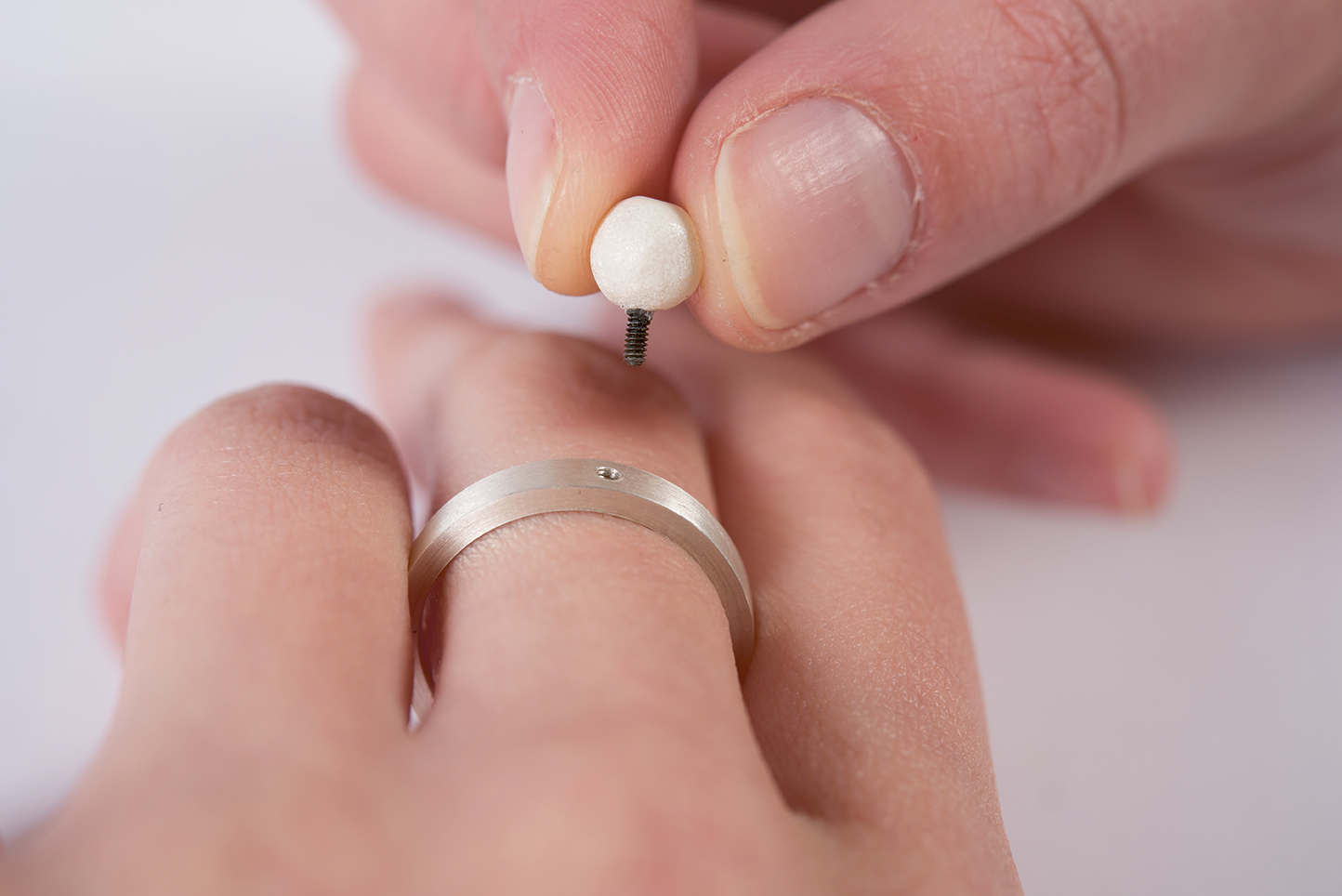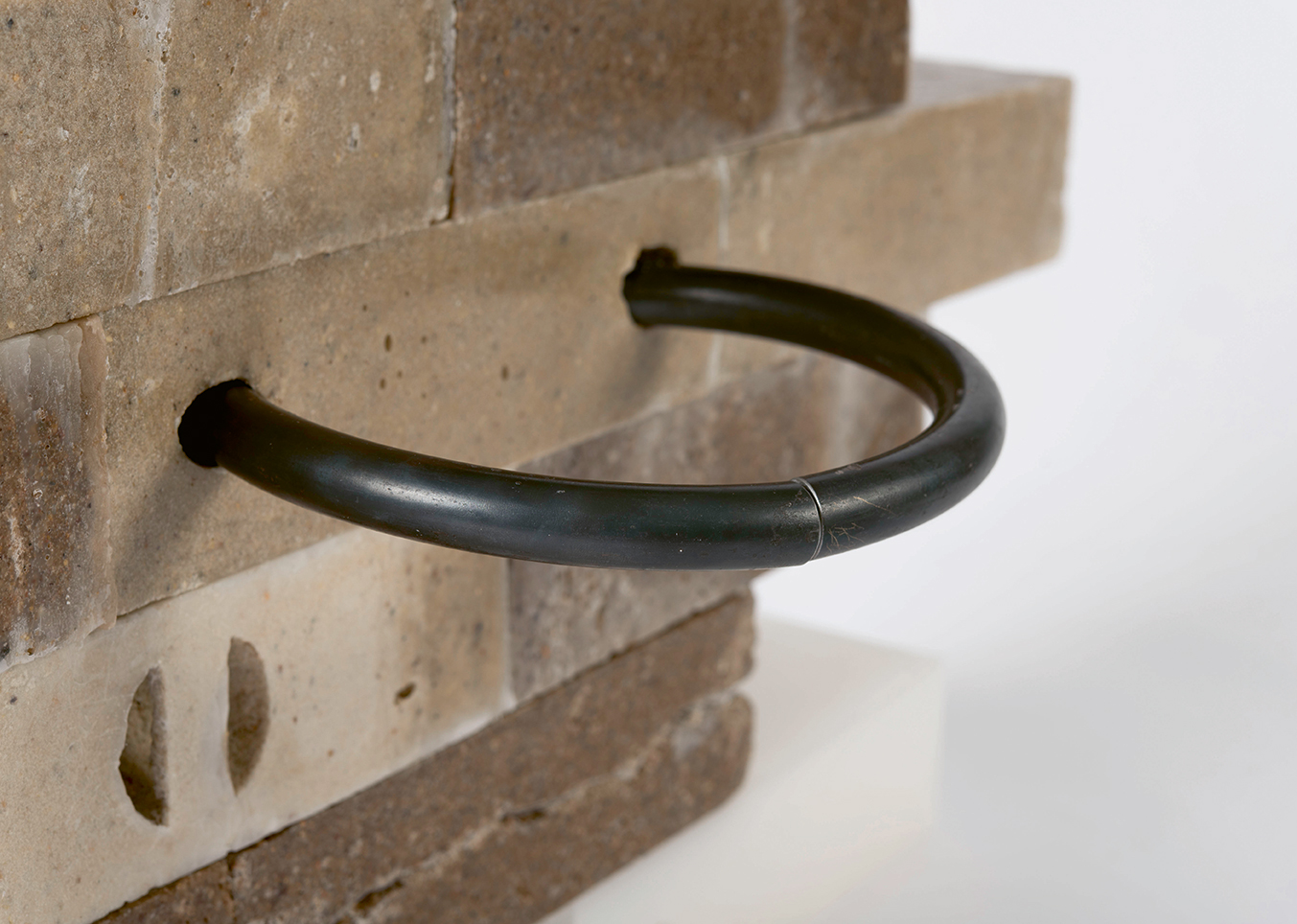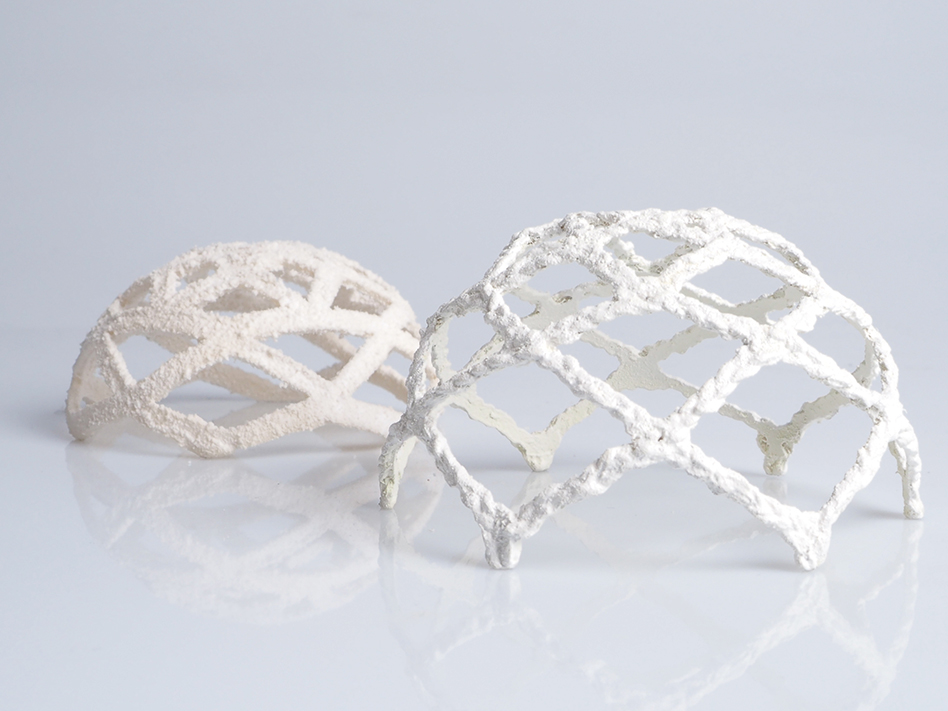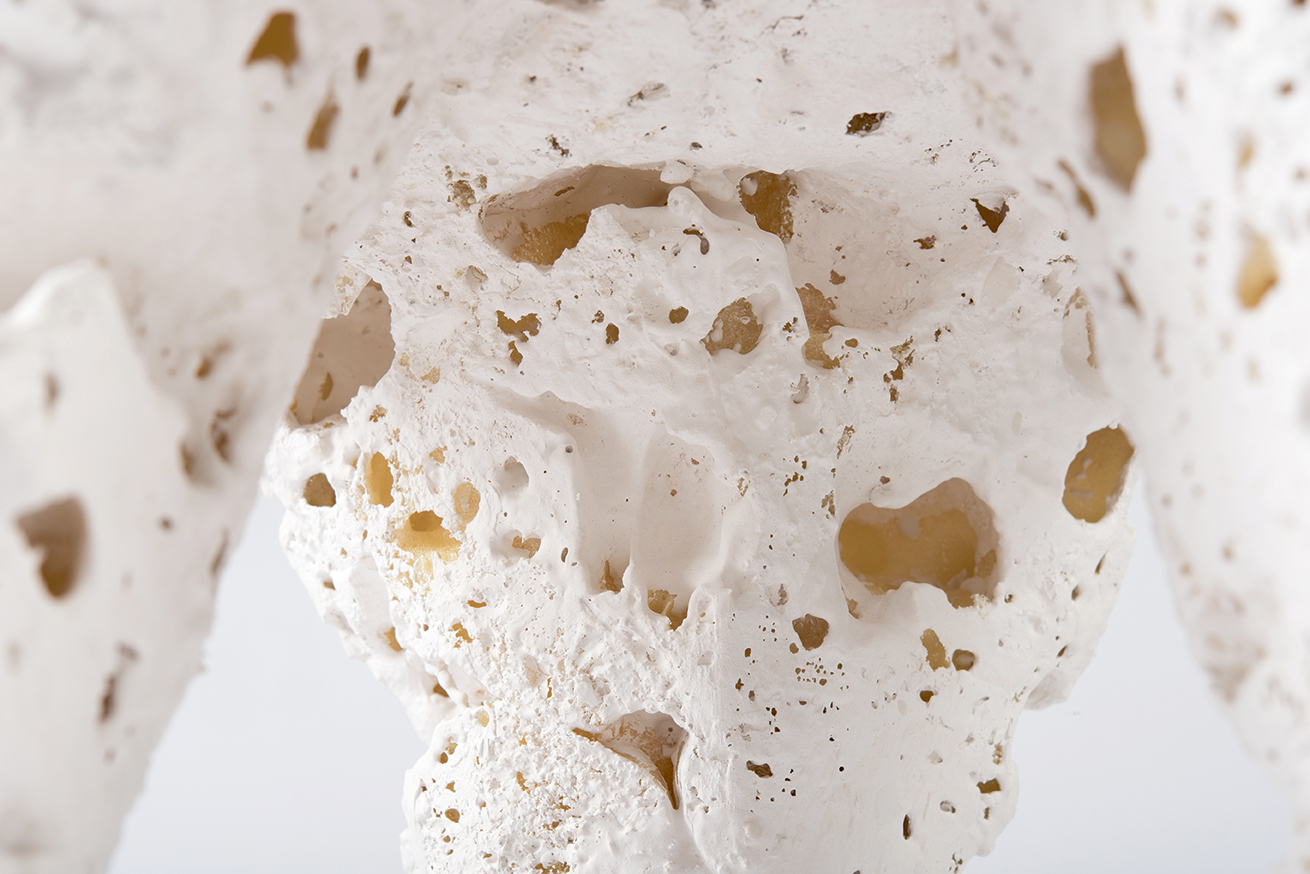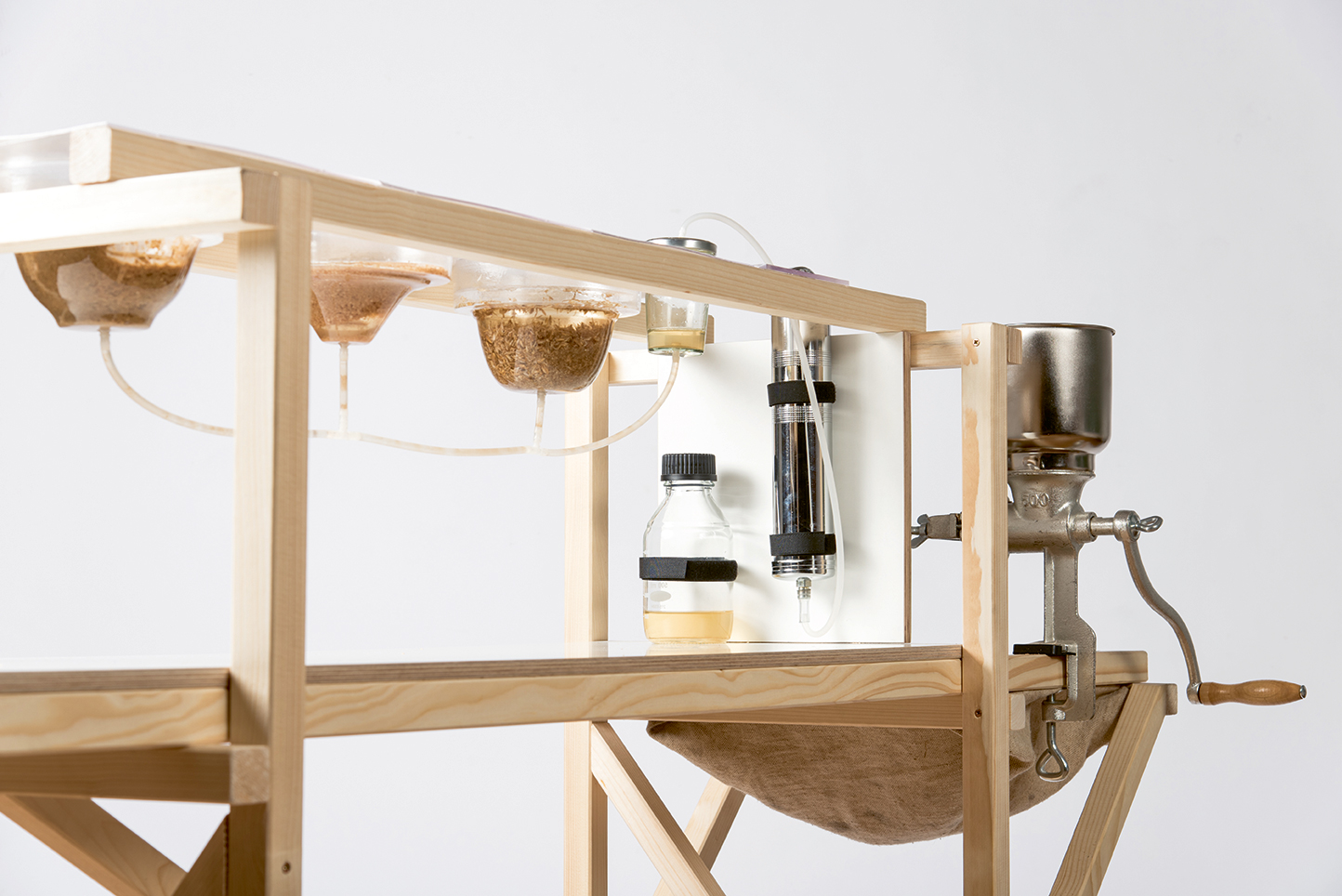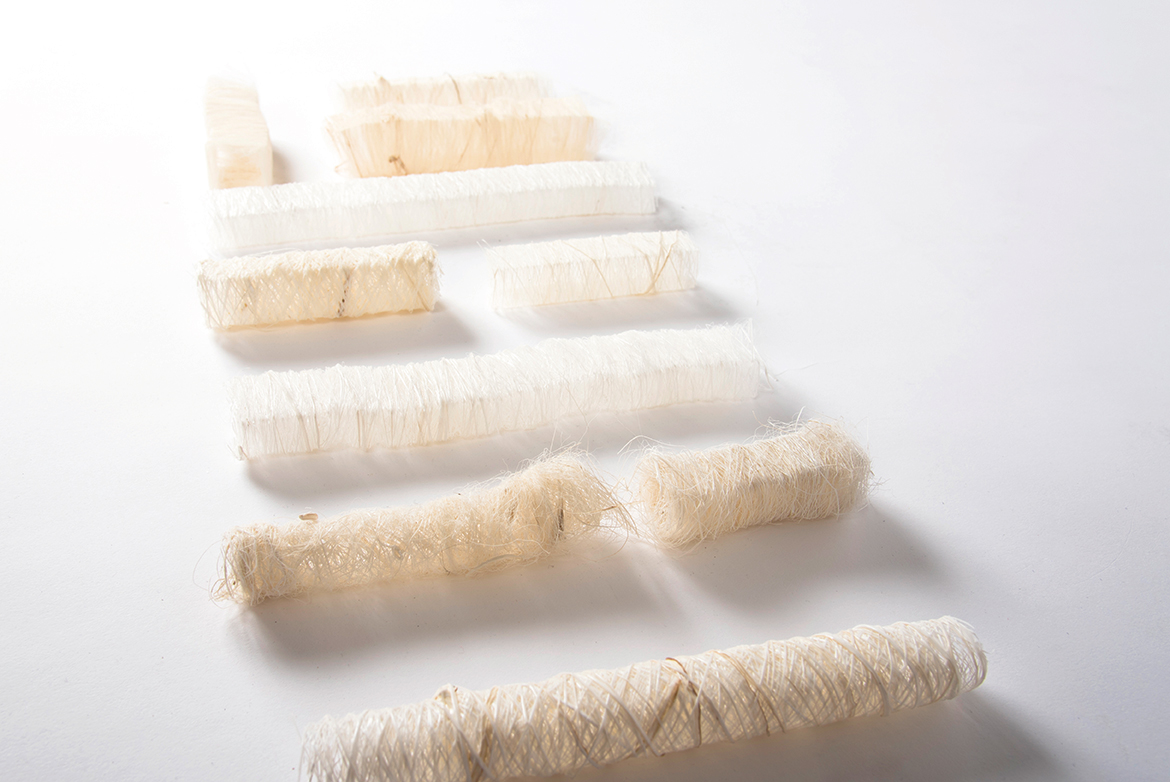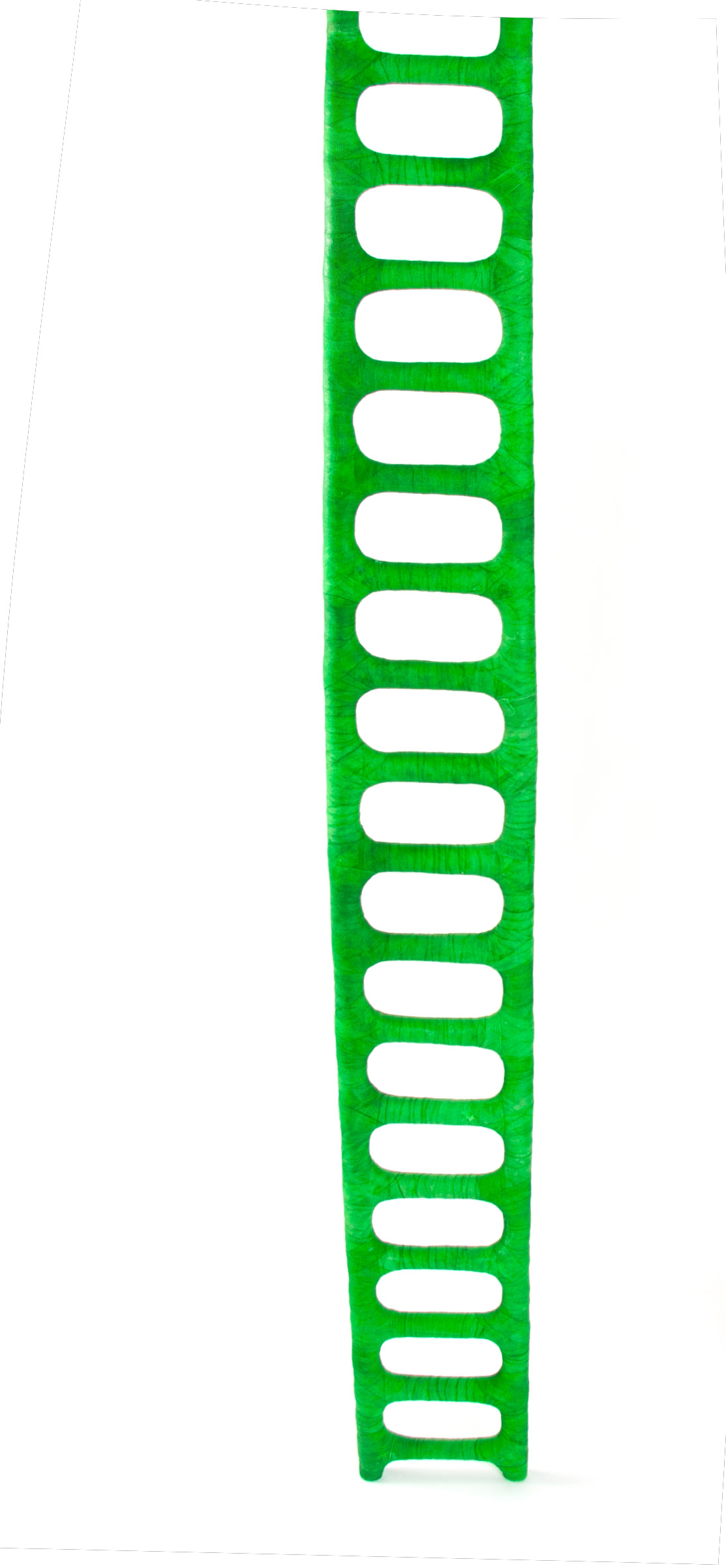FOSSIL IDENTITIES personal information preserved in a mineral Fossils have preserved information from millions of years ago. Some of them still contain DNA of ancient organism. How well it has been preserved depends on the surrounding conditions. Fossilised bones for example have well protected structures due to the calcification process by mineral producing bacteria. This …
Search results for:
MARMELSTEIN
MARMELSTEIN an etching method for bacterial stone Marmelstein is based on biomineralised bricks made by the company bioMASON. We decided to augment their idea by hollowing out useful shapes within the bricks, to provide them with added functionality and to differentiate them from normal building bricks. We developed a processing tool to create undercuts and …
PORIFERA MOLLUSCA
PORIFERA MOLLUSCA bacterial nacre Porifera mollusca combines the most significant characteristics of shellfish and sponges and creates synthetic nacre – a biomineral, consisting of about 95 percent calcium carbonate that is known to be 3000 x stronger than its inorganic components due to its composite structure involving about 5 percent of organic material. However, natural …
LIME MYCELIUM
LIME MYCELIUM symbiotically growing material My concept suggests that fungal mycelium and bacterial calcium carbonate create a composite material that can grow in random forms in industrial standards. It is lightweight, stable and one hundred percent biodegradable. I propose that mycelium, which is a fibrous chitin structure usually growing in soil, could grow in air, …
COMPACT CHAFF
COMPACT CHAFF worldwide biomineralisation using leftover material and bacteria Chaff is a common leftover all over the world – from rice, corn, millet and other crops. Their often high content of silicon dioxide offers the possibility to turn them into fibre reinforced cement by using bacteria that are able to produce biominerals – in this case …
CO[W]WORK
CO[W]WORK a collaboration of biological systems The aim of the co[w]work project is the production of bio-composites from waste materials from the dairy cow industry through the use of energy self-sufficient processes with the help of bacteria, enzymes and other biological substances. It shows two different material chains completely derived from this industry’s waste: The …
PUMP IT UP!
PUMP IT UP! experimental drama with pneumatic muscles Artificial movements can be made with electric motors and rigid materials – or simply consist of air and thus be soft, adaptive, flexible and very inexpensive.We studied the relatively young field of Soft Robotics and developed ultra-light objects from self-made film bags, which perform diverse and complex …
INTRO MICROBES I
INTRO MICROBES I by Filipe Natalio What are biominerals? What is biomineralisation? Why is it so important to study biominerals and biomineralisation? Can one use this knowledge towards applications with improved properties compared to current state-of-the art technologies? Biomineralisation is a field of research that deals with the fabrication of minerals by biological systems. But …
PHENOMENAL APPARATUSES
PHENOMENAL APPARATUSES Phenomenal things happen – sometimes beyond our conscious perception: paper wrinkles through humidity. Ants orient themselves by swarm intelligence – toads at the earth’s magnetic field. Bacteria produce rock in impressive formations. Gall wasps manipulate trees so that they grow gall houses for their larvae instead of leaves. In some areas it is …
MINIMAL WEIGHT – MAXIMUM HEIGHT
MINIMAL WEIGHT – MAXIMUM HEIGHT experimental bio-composites After a theoretical introduction into various industrial bioplastics and composite technologies, the students “cooked” their own bioplastics with “household products”. In combination with natural fibres, they used them to create minimal heavy but maximum high objects for reaching undreamt-of heights. By experimenting with different formulations and structures, the students …

